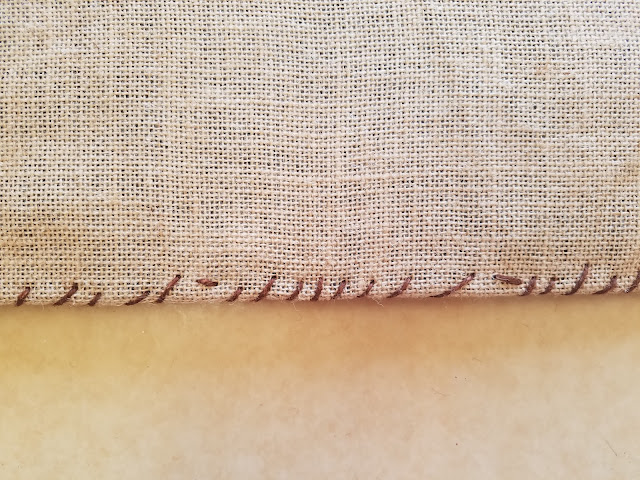In December of 1976, while filming an episode of the television show The Million Dollar Man at the Nu-Pike Amusement Park, the crew moved what they believed to be a wax-covered dummy coated with red phosphorescent paint from a funhouse display. During the relocation, the figure’s arm detached and revealed bone and preserved muscle. Startled, the workers transferred the body to the Los Angeles Medical Examiner’s Office, where an autopsy exposed it as a well-preserved corpse embalmed with large amounts of arsenic, a process common throughout the United States until its illegalization in the 1920s.[1] As forensic anthropologists Dr. Clyde Snow and Dr. Judy Suchey attempted to identify the deceased man, a peculiar string of events pieced themselves together and formed a bizarre story.[2] In the fall of 1911, Elmer McCurdy was shot to death in a standoff after he and a band of criminals robbed a train en route to Texas and separated with their shares.[3] Taken to a funeral parlor in Pawhuska, Oklahoma, McCurdy’s body went unclaimed, so the undertaker preserved the corpse and displayed it as a novelty that visitors paid five cents to view.[4] In 1916, two con artists convinced the undertaker McCurdy was their brother and took his body to California, where it was covered in wax and pass around varying amusement parks and circuses for decades until its discovery by the television crew.[5] In the spring of 1977, after the full story of McCurdy’s fate was learned, his body was laid to rest at Summit View Cemetery in Guthrie, Oklahoma, under a layer of concrete to prevent future disinterment.[6]
Ferllini, Roxana. Silent Witness: How Forensic Anthropology is Used to Solve the World’s Toughest Crimes. Buffalo, NY: Firefly Books, 2002.
____________________
[1] Ferllini, 43
[2] Ferllini, 43.
[3] Ferllini, 42.
[4] Ferllini, 42-43.
[5] Ferllini, 43.
[6] Ferllini, 43.




















